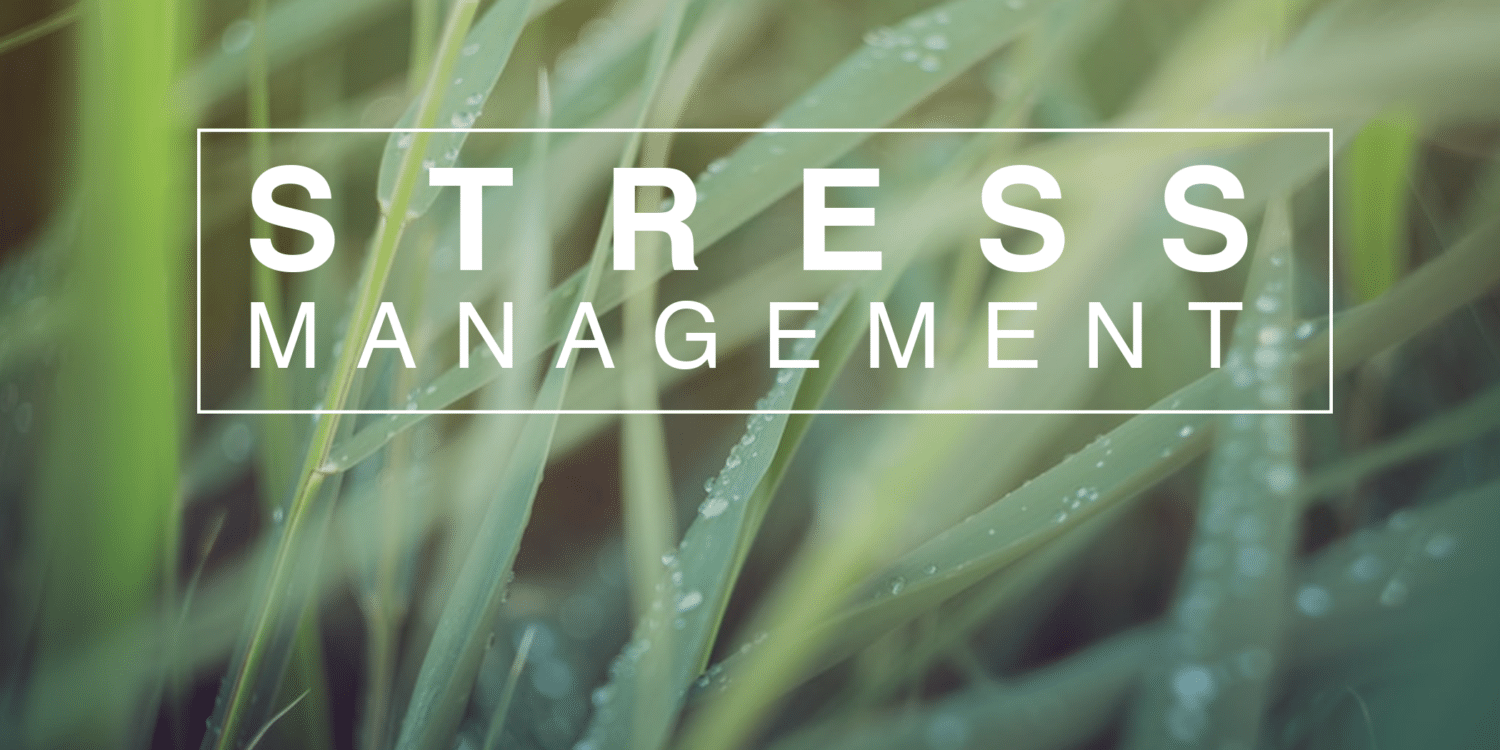 5-star Fitness
5-star Fitness
 5-star Fitness
5-star Fitness

Now that summer has come to a close, September brings a new wave of stressors- from going back to school, to revving up at work, to prepping for the upcoming holiday season (dare I say it). Through it all, being able to effectively manage stress is one of the most important things to practice, and for a number of reasons. First, stress increases inflammation in the body, which can weaken the immune system and make one more vulnerable for illness. Second, when one’s body is physically stressed, it makes it difficult to lose fat since the body’s hormones are adjusted to preserve fat for the sake of survival. Thirdly, for many people, stress can be a trigger to eat comfort foods as a way to manage the stress. However, this approach is not effective. In the moment of eating you may feel better, but afterwards its likely this emotional eating has actually created more stress because now you’re worried you may have gained weight or sabotaged your efforts to lose weight. Good news! If you are struggling with high-stress, there are lots of things you can do besides eat to help the brain and body calm down and relax. Here are a few of my favorite strategies:
1. Watch your thoughts! It’s what we think about a person or situation that actually creates our experience of stress. When you can pause and notice what you’re thinking, then you’re in a position to change the way you’re thinking or speaking to yourself.
2. When the voice in your head gets the best of you, and you find you are stressed, then try some deep breathing exercises. Using the breath is one of the best ways to activate the vagus nerve, which signals to your brain and nervous system that it can calm down. One of the simplest breathing exercises you can try is box breathing:
1. Inhale for 4 seconds through the nose, filling your stomach like a balloon as it expands outwards.
2. Hold your breath for 4 seconds.
3. Exhale for 4 seconds, breathing all the air out of your stomach and lungs.
4. Hold your breath for 4 seconds.
Repeat for at least 4 rounds, or as many needed until you start to feel relaxed.
3. Meditate! This is hands-down the best long-term stress management technique that science shows actually changes the brain mass in regions associated with staying calm and centered. The effects of meditation are cumulative, meaning you’ll reap the most benefit if you practice a little bit daily as opposed to only trying it here and there. The goal should be practicing anywhere from 5-20 minutes/day. There are all sorts of styles and varieties of meditation, so it’s important to experiment with different styles until you find one that you enjoy. Try using one of the following apps on your phone to guide you through the process: Calm, Insight Timer, HeadSpace. Most importantly, get rid of the belief you can’t “do it right” when it comes to meditation. I assure you there is no way to do it wrong. The objective is to give your mind something to focus on, and then notice when you start thinking about other things. When this happens, simply redirect your attention back to that thing you are focusing on whether your breath, a word or mantra, or a body part. Those of us who have chatty minds are the ones who many find this practice most challenging at first, and we’re also the ones who have the most to benefit from starting this daily stress management practice.